
Capoeira is an Afro-Brazilian martial art and game that includes elements of dance, acrobatics, music and spirituality.

The berimbau is a traditional Angolan musical bow that is commonly used in Brazil.

Maculelê is an Afro-Brazilian stick-fighting dance from Bahia.

Manuel dos Reis Machado, commonly called Mestre Bimba, was a Brazilian capoeira mestre and the founder of the capoeira regional style. Bimba was one of the best capoeiristas of his time, undefeated in numerous public challenges against fighters from various martial arts.
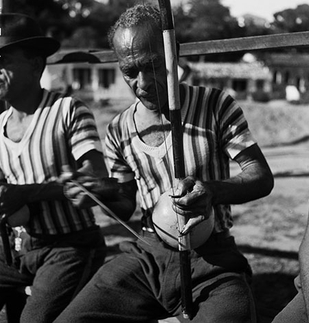
Vicente Ferreira Pastinha, known as Mestre Pastinha, was a mestre of the Afro-Brazilian martial art capoeira and a codifier of the traditional capoeira Angola style.
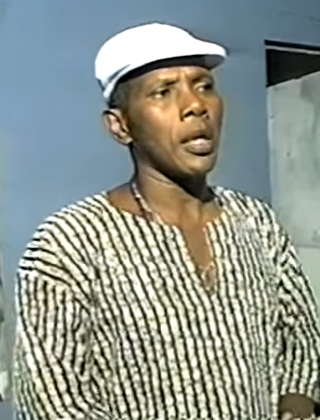
Pedro Moraes Trindade, commonly known as Mestre Moraes, is a master of capoeira.

Capoeira music is the traditional musical accompaniment used in Afro-Brazilian art capoeira, featuring instruments like berimbau, pandeiro, atabaque, agogô, and reco-reco. The music plays a crucial role in capoeira roda, setting the style the energy of a game.
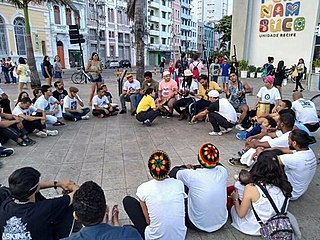
Capoeira de Angola or simply angola is the traditional style of capoeira, the Afro-Brazilian martial art. A newer style, based on the reform of capoeira Angola, is called regional.

João Oliveira dos Santos, better known as Mestre João Grande, is a Grão-Mestre of the Afro-Brazilian martial art of capoeira angola who has contributed to the spread of this art throughout the world. He was a student of the "father of Angola", Mestre Pastinha, and has an academy in New York City.
In the game of capoeira, toques are the rhythms played on the berimbau. Many toques are associated with a specific game, although organizations differ on how to play each toque. Capoeira toques have their roots in African rhythmic music, which was modified and further developed among the slaves of Brazil.

Mestre Cobra Mansa also known as Cobrinha and Cobrinha Mansa, is a mestre of capoeira Angola.
Pé de Chumbo is a master of Capoeira Angola, an Afro-Brazilian martial art, and a student of João Pequeno's. This mestre is one of the few capoeira angola mestres who carry on the Centro Esportivo de Capoeira Angola (CECA) school created by Mestre Pastinha. He has academies in Brazil and in Europe - including several academies in Sweden, Portugal, Mexico City, Germany and the United States. Mestre Pé de Chumbo was one of the first capoeira angola masters to take the Bahian art form to São Paulo and is known in capoeira circles for his low ground movements, dedication to his master and focus on the traditional aspects of the capoeira game.
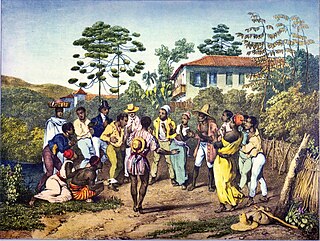
Batuque (drumming) was a general term for various Afro-Brazilian practices in the 19th century, including music, dance, fighting game and religion.

The Associação Brasileira de Apoio e Desenvolvimento da Arte-Capoeira (ABADÁ-Capoeira), in English translated as "The Brazilian Association for the Support and Development of the Art of Capoeira", is a nonprofit organization whose purpose is to spread and support Brazilian culture through the practice of capoeira. Founded in 1988 by Mestre Camisa, José Tadeu Carneiro Cardoso, ABADÁ is based in Rio de Janeiro, Brazil. It is one of the largest capoeira organizations in the world with over 41,000 members representing schools throughout every state of Brazil as well as 30 different countries. ABADÁ is distinguished from other capoeira organizations by its worldwide growth as well as its style, standards, and philosophy.
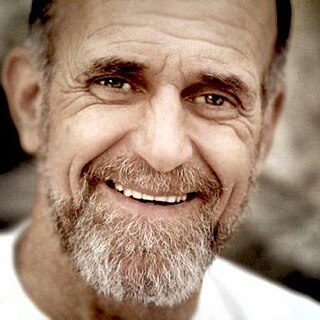
José Tadeu Carneiro Cardoso, also known as Mestre Camisa, is a Capoeira master, most known for creating the organization ABADÁ-Capoeira. ABADÁ-Capoeira was founded in 1988, and ever since, Camisa has been at the head of many important philanthropy and martial arts movements all over the world.

Afro-Brazilian music consists of a mixture of musical and cultural influences from Sub-Saharan Africa, Portugal, and on a smaller scale, Amerindian music, creating a large variety of styles. Lyrics, instruments, and even melodies often have connections to African culture and even influence culture and music in other countries today. It is strongly influenced by African rhythms. The most well known sub-genres of Afro-Brazilian musical genres are Samba, Marabaixo, maracatu, ijexá, coco, jongo, carimbó, lambada, maxixe, and maculelê.

The history of capoeira explores the origins and development of capoeira, the Brazilian martial art, that combines elements of dance, acrobatics, and music.
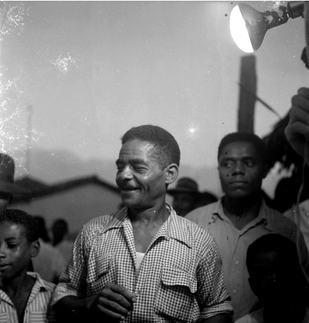
Waldemar Rodrigues da Paixão, known as Mestre Waldemar, was a Bahian capoeira mestre and musician. He is considered one of the most artistic and skillful capoeira Angola players of his time.
In the Brazilian martial art capoeira, the title mestre designates the master practitioner.
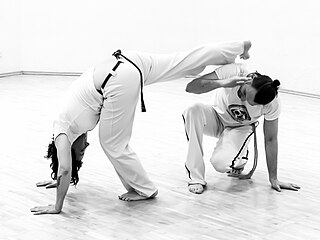
Jogo de dentro or jogo de baixo is style of playing capoeira on the ground, involving low movements, with capoeiristas supporting themselves with their feet and hands only. The body should not touch the ground in this modality.
















